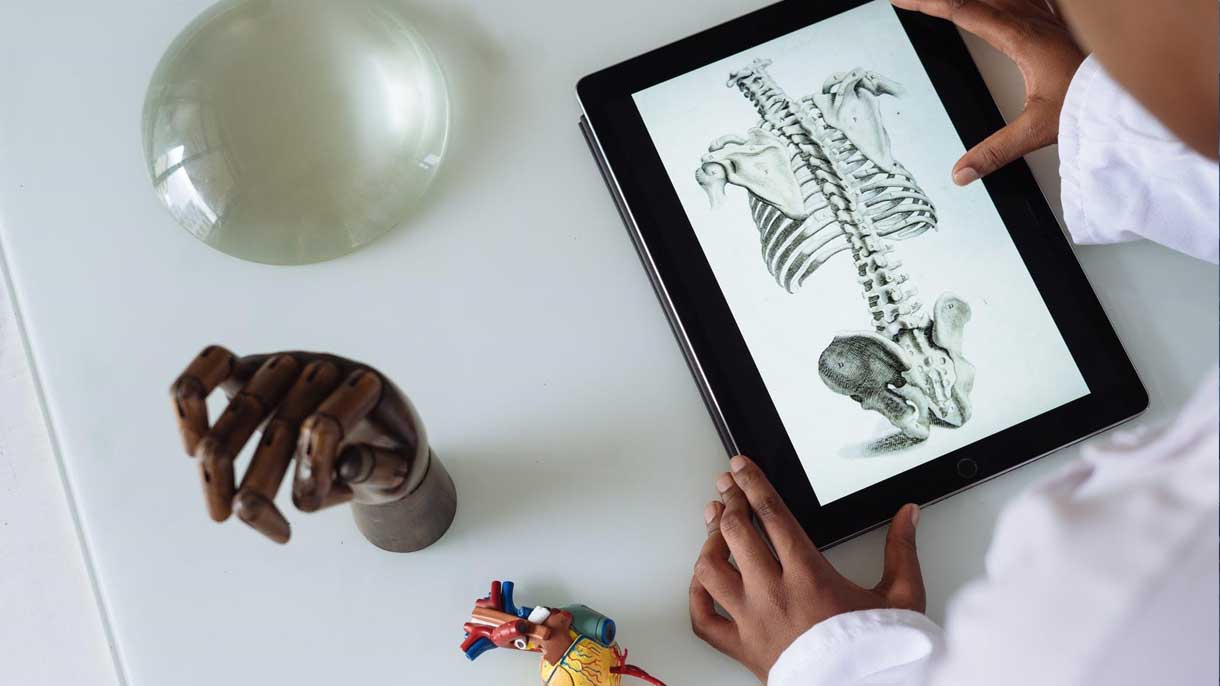How the Future Classrooms would look like? As we know the way to teach students in the schools and colleges changed a lot, so how these new technologies will shape education? Let’s find everything in detail regarding the classroom of the future technology below!
Education is no stranger to technology. Smartboards and projectors have already been staples of the classroom for a while. Recently, however, with technological shifts reaching new speeds, students are being exposed to a more dynamic learning environment. Companies like Apple recognize the importance of modern learning methods, so they have special student discounts with every technological purchase.
Companies’ targeted marketing has encouraged pupils to use more gadgets within the classroom, resulting in over 90% of teachers using technology in the last two years alone. As technology permeates deeper into everyday life, these numbers will continue to grow. Education is entering an exciting era, and you get to witness the glory. Here’s a glimpse of what the future holds for education and how it will change the life of a student!

5 Technologies of Future Classrooms That Will Shape Education
#1. Digital Tools for More Insightful Student Experience
Old school techniques like assessments, quizzes, and tests were once the pinnacle of top-tier education. However, these methods are long outdated, so they can no longer provide students with the feedback they need about their education. However, these tools must be mastered before adequately deploying them in your lessons.
While digital tools have made teaching easier and most effective for students, to wield them efficiently, you need proper training and knowledge of edtech and relevant teaching methods and strategies. Thus, you should get an online degree such as an Online Education Leadership Doctoral Program to transform you into an educational pioneer adept with the newest insights into technological pedagogy.
A Dissertation based Ph.D. program will help you cultivate a more diverse and inclusive learning environment while reflecting on past practices. The research and skills you learn will help you reshape education, making you more accustomed to technology.
You may start using applications like Mentimeter, which allows you to add polls and Q&As, making for interactive presentations. Students will get to vote on who should respond to a question and what answer they think is suitable for your assessments. This will enable you to gauge which students are more proactive in class.
You may even take the application Literably for a spin. Students will read aloud on their devices through the application, such as an iPad. Within 24 hours, you will get an insight into their accuracy and fluency with statistics on their comprehension. This will equip you to help students perform better while reading, picking out errors while correcting enunciations. More digital resources are on the horizon which will help you grade, assess and guide students better than superficial testing.
#2. Integration of 3D Printing
3D printing is one of the most potent technological tools any classroom can possess. The printer gives you a real-life model of any object, enabling students to contextualize the concept much more quickly. You will print human anatomy models, famous landmarks like the Empire State Building, or even print out a dinosaur with 500 teeth to showcase prehistoric animals. As a result, students will be able to engage with the model and get a better idea of the shape, appearance and even comprehend the dimensions of the structure.
You may even let your pupils print models using Computer-Aided Design (CAD) to get accurate sculptors for their learning. 3D printing is a great way to incorporate kinesthetic learning in your classroom. Your students will get a chance to manipulate the object with their hands, engaging their sense of touch to help them remember and perceive any concept before them. Kinesthetic learners make up less than 5% of American pupils, so through 3D printing, you have a better chance of exploring this learning modality.
#3. Adapting to Cloud Computing
Cloud computing is the bridge you need to connect with your students virtually. We live in the age of information, and students need many resources to help them study better. This is only made possible through Cloud Computing. As a teacher, using the cloud will help you upload textbooks, videos, and even applications that facilitate students’ learning.
At the same time, your students will get the opportunity to upload their assignments, catch up on missed lectures and read online textbooks whenever they can. Therefore, learning will transcend designated timeslots. Instead, it will become much more streamlined and accessible instead of limited to the classroom.
A virtual learning environment is also far more inclusive than a traditional classroom. Introverted students and students with ADHD will be able to watch your lectures at a comfortable pace as many times as they like. When a student is relaxed and can pick concepts apart at a leisurely pace, it gives them a chance to learn that doesn’t hurt or trigger them.
#4. Augmented Reality Learning
Augmented Reality (AR) will allow students to interact with the world around them while seated in a classroom. AR requires technological equipment like any smart device and VR goggles to create an a simulated experience. As a teacher, you will take your students on virtual field trips worldwide and even enable students to visit historical artifacts. AR also allows students to visualize the structure in front of them.
Students will view one artifact from different angles, getting a realistic idea of the object. By engaging in visual learning, your students can see, connect, and make sense of the information before them. This enhances abstract thinking and allows students to understand the subject matter comprehensively. Your pupils will have a more profound mastery of the material with AR, with an attention to detail that traditional schooling cannot achieve.
#5. Gaming Tools For Learning
Over 60% of American teachers have used gaming tools in their teaching style in the last decade. Gaming and learning are no longer distinct concepts. Both work in unison to provide students with an interactive platform that makes the subject interesting and fun to learn.
Kinect is a motion sensor device used on the Xbox. However, Kinect Education uses the same motion-sensing device, allowing students with sign language to study by detecting their hand movements. This way, a student doesn’t feel disadvantaged but has the tools to learn, interact and feel the topic according to their circumstances. You can use Kinect learning to help your students acquire more complex skills like music or design.
Final Thoughts
Technology is becoming indispensable to modern schooling. Gone are the days when you, as a teacher, had to rely on old methods to teach your students. Now, you can easily use digital resources to capture a holistic learning environment that allows your pupils to interact with subject matter more insightfully.
Your students can now visualize, understand, and recreate concepts without feeling confused or uncertain about the idea. As a result, your pupil will feel a connection to what they study and see an improvement in their performance. In addition, you get to create a more inclusive and diverse learning environment or future classrooms that your students will enjoy being a part of.


